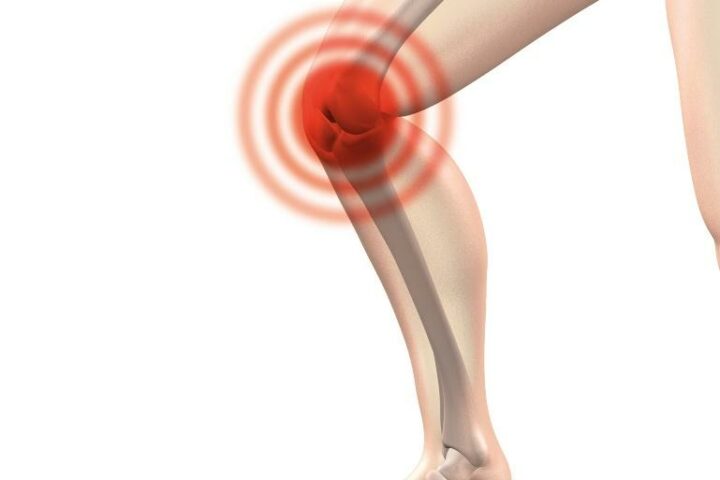TOS, aka Thoracic Outlet Syndrome, almost always presents with arm and hand pain and numbness. Pain can involve only part of the hand, such as specific fingers, or all of the hand. It can involve the inner aspect of the forearm and upper arm. Pain can also be in the side of the neck, the pectoral area below the clavicle, the axillary area (armpit), and the upper back, as in the trapezius and rhomboid area. One hand or arm may appear more pink or blue compared to the opposite arm. Weakness of the hand and arm muscles is also common.
TOS is often the underlying cause of stubborn upper limb conditions like frozen shoulder and carpal tunnel syndrome that defy standard treatment protocols.
There are many causes of TOS. The most frequent cause is trauma, either sudden, as in a clavicle fracture caused by a car accident, or repetitive trauma, as in a legal secretary who works with his hands, wrists, and arms at a fast paced desk station with non-ergonomic posture for many years. TOS is also found in certain occupations involving lots of lifting of the arms and repetitive use of the wrists and arms.
Thoracic outlet syndrome (TOS) is a syndrome involving compression at the superior thoracic outlet involving compression of a neurovascular bundle passing between the anterior scalene and middle scalene. It can affect the brachial plexus (nerves that pass into the arms from the neck), and/or the subclavian artery or rarely the vein which does not normally pass through the scalene hiatus (blood vessels as they pass between the chest and upper extremity). Rarely a Pancoast tumour in the apex of the lung may be the cause.
The compression may be positional (caused by movement of the clavicle (collarbone) and shoulder girdle on arm movement) or static (caused by abnormalities or enlargement or spasm of the various muscles surrounding the arteries, veins, and brachial plexus), a first rib fixation and a cervical rib.




